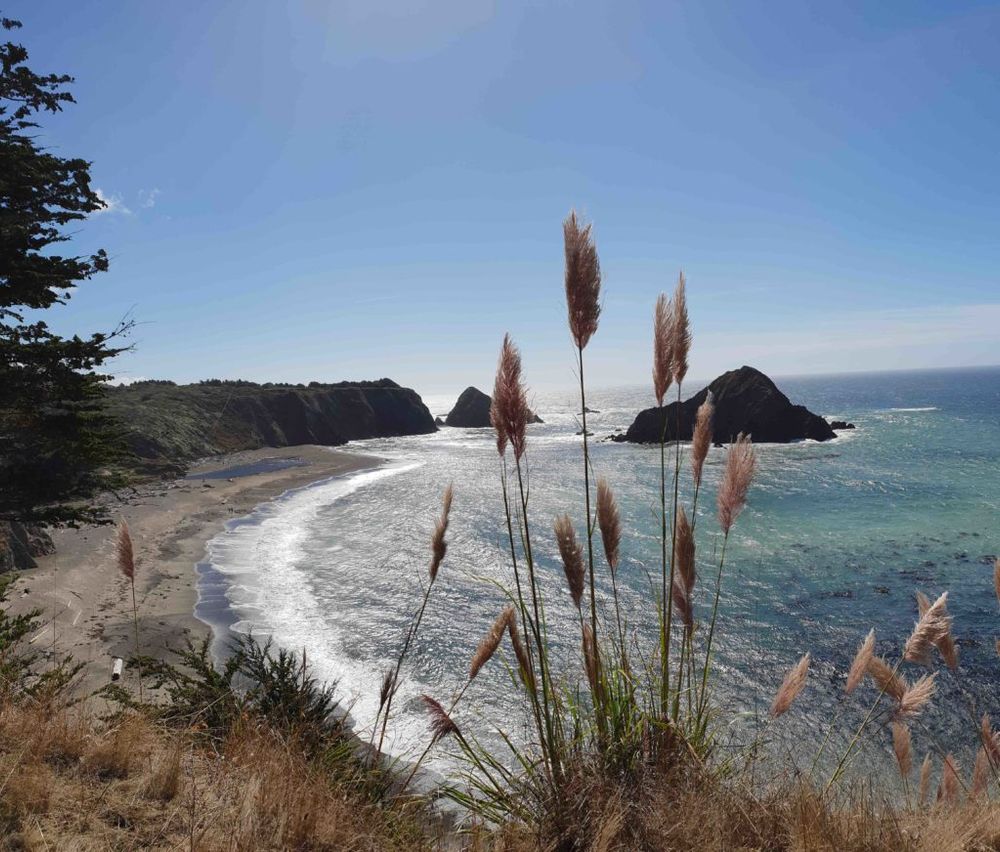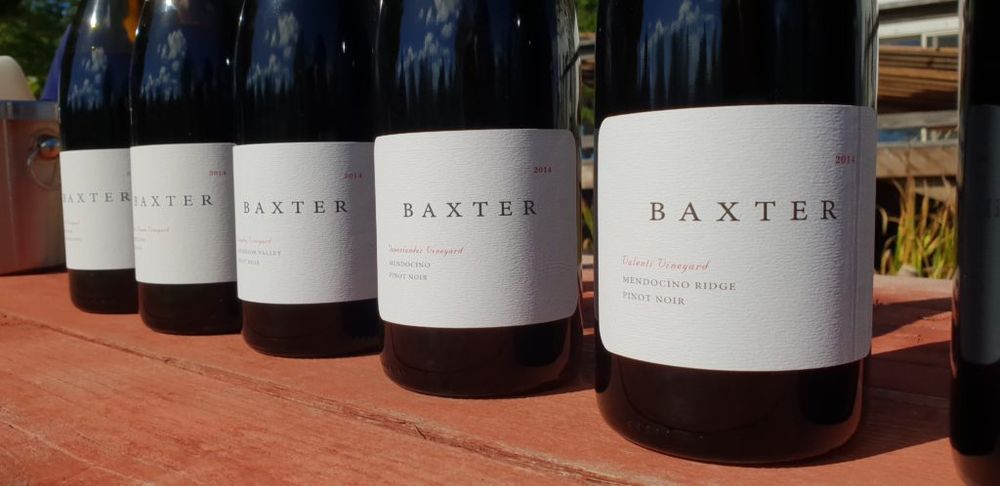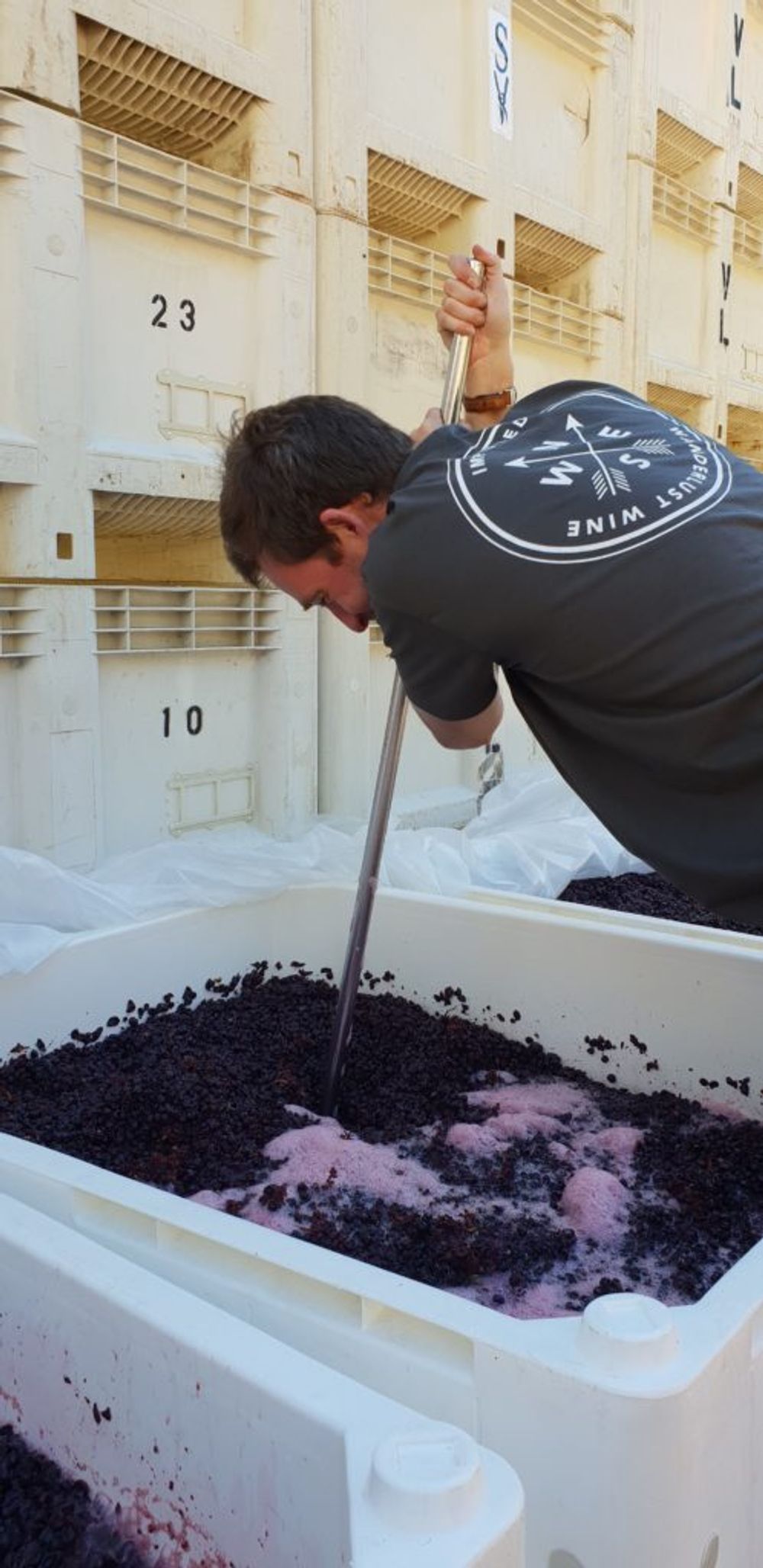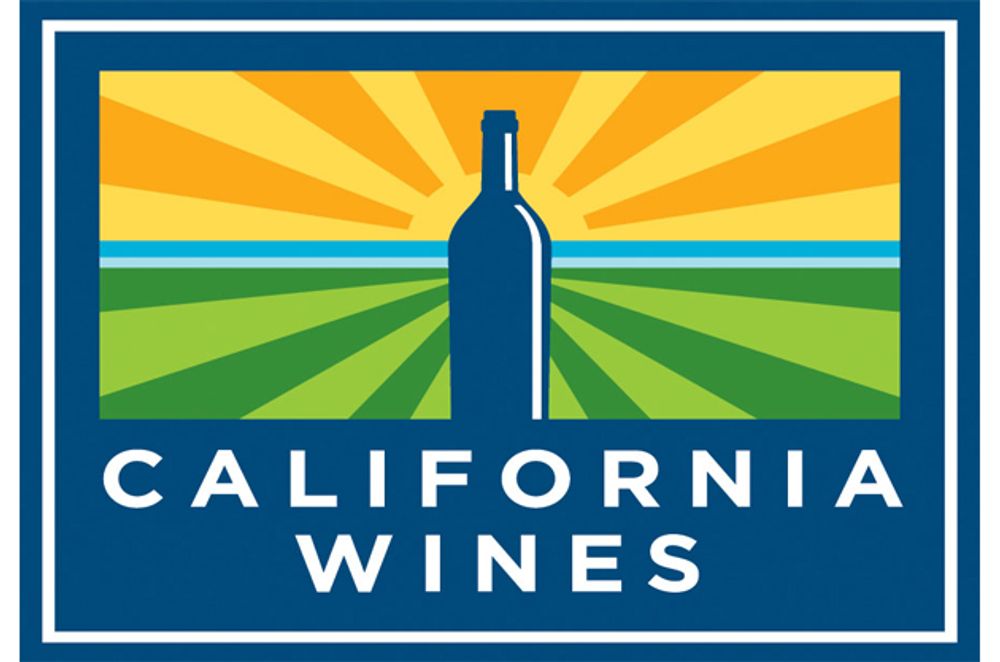More independent importers are willing to go the extra mile to find Californian wines that are off the beaten track and ideal for the UK market like Wanderlust Wine.

Beautiful California is also making wines that are ideal for the UK on-trade
Tell us about Wanderlust Wines and how and why you started?
It had always annoyed me that you taste some exceptional wines on your travels and they were not available in the UK. I studied Food & Wine Technology at degree level, so had the technical background for the F&B industry, but just did not find the niche I wanted to work in. Graduating from WSET, I tested my theory that I could look for these wines that would do well over here, adding value as a curated list of unsung wines that would add value to wine lists. It turned out that consumers also wanted these producers, so the consumer channel was added later as I refined the model.
You have decided to have a real focus on new styles of wine from California – why California?
Quite honestly, it seems to be a time where a revolution of honest, non-VC backed “looking-for-profit-quickly” names can make an impact from exceptional product in a crowded marketplace. New styles, new grapes and new producers spark interest with people and are what many are looking for. A lot of the big names that have been bought are run for profit and there is space for genuine people that want to make wines to fulfil their passion.
How do you go about sourcing your wines from California and what are you looking for?
Word of mouth, or by being true to the business’ name and literally exploring looking for hidden gems.

Richard Ellison is willing to look far and wide to find the right wine from California
What are the key interesting trends for wine buying from California?
One theme which rings true home and abroad is people looking for wines which can still achieve balance and precision in a region that is adapting to temperature and climate changes year-on-year. Making exceptional wine seems harder in the traditional areas.
Because of which, people are now looking further, wider and farther. The traditional areas such as Napa seem to be blending more, micro-negociants (buying the best value grapes) is massively on the up and alternative varietals crop up much more often than before.
Which regions/ styles are offering the best quality to value ratio?
Anderson Valley, Mendicino – a further two hour schlep north from Sonoma, most people don’t venture this far. It has a real variance in sites – ranging from cold, coastal and elevated to in-land, continental and hot. Anderson still has the evidence of the Italian and Spanish settlers and occasionally you still find some of the old-vine plantings from the 50s.
Who are the key producers you are working with and what do they offer?

It’s all about quality Pinot Noir at Baxter Vineyards
Baxter, Anderson Valley – precise Pinot Noir and 100-year-old vine Carignan.
Grace Family Vineyards, Napa – the first cult producer in 1974 producing 98-100 point Parker Cabernet.
Spell Estate, Sonoma – rich, Burgundian style wines and exquisite Chardonnay
Clearly a lot of top Californian producers can sell most of their wines domestically, how open are they to working in the UK?
They can! The US market is a blessing and a curse. It is a real economic success story of building value in a commodity, however, I think a lot of people would agree that brand starts to take over and people end up buying a marketing story rather than the quality that is in the bottle. It’s the standard capitalism story, and America is one of the most capitalist countries.
Discussing the UK market with the producers shows we are really blessed to have access to wine from all markets. Because of such, their prices are under scrutiny when you can buy Old World wine at a fraction of the price. It comes down to their ambitions – there is no point taking the wine if it doesn’t offer value for money in the UK. The basics are what matter most when buying.
How do you convince them you are the right importer to work with particularly as you are still relatively new?
I think it’s less about persuasion and more about synergies. Sitting down over a glass or two and talking about what the producer wants to achieve will reveal if they are a fit for our model or whether they will be better set with another merchant. Particularly, as we only work with small producers, they are usually a fit if their organic practises are right.
Which channels of the UK trade are you looking to target with your wines?

Richard Ellison getting more involved than he bargained for…
Simple. The on-trade and the consumer.
How are you doing in the premium on-trade – any good partners you are working with?
Absolutely, the on-trade seems to want a balance of Californian names – larger, hallowed producers (like Ridge for example) and a sprinkling of smaller, emerging producers that make small quantities which is where we want to play. The middle ground between the two is difficult place to be.
To name a few in the spectrum of London’s premium; Chiltern Firehouse, M Restaurants, The Bleeding Heart and Sketch all see value in the collection of producers we are lucky to have.
Why do you think they are keen to take on more Californian wine?
The market still looks to California for quality, and quite simply customers want to drink California. It is a region people know, trust in and have looked to for consistent quality for years.
Where next for California? Where do you see yourself buying more wine from in the future and areas you have yet to really explore?
Continuing on the trend of wider and further north, more from Mendicino County.
- If you want to find out more about the opportunities of working with Californian producers then you can contact the UK office of the Wine Institute of California or email Justine McGovern, director UK & Ireland, on jmcgovern@wineinstitute.org.










































